What is a Drive?
A Variable Frequency Drive (VFD) is a type of motor controller that rotates an electric motor by varying the frequency and voltage applied to it. Other names for VFD include variable speed drive, adjustable speed drive, adjustable frequency drive, AC drive, microdrive, and inverter. Frequency (Hz) is directly related to motor speed (RPM); in other words, increasing the frequency causes the motor to rotate faster and changes its RPM.
If you need an electric motor to operate below its nominal full speed, use a VFD to reduce voltage and frequency according to the load requirements. Thus, a VFD easily increases or decreases speed via frequency and voltage to match our needs.
Why Do We Use a VFD?
- Adjust motor speed (RPM) based on load
- Extend the lifespan of rotating components due to lower startup speed
- Reduce energy consumption, especially at low speeds
- Enable braking with reduced losses
- Connect to industrial networks such as PROFIBUS
- Issue commands via PID controller
- Control and command via computer interface
- Reduce noise and vibration
- Minimize thermal and mechanical stress
- Save up to 50% energy and improve efficiency
- Extend the effective life of mechanical components
- Enhance industrial equipment performance
Features of VFD Series VHD
- Three-phase AC input voltage: 6 kV to 10 kV
- Power range: 200 kW to 14 MW
- Voltage range: 3.0 kV to 13.8 kV
- Air cooling for lower power levels
- Optional water cooling for medium to high power levels
- Torque limit function for overload control, etc.
- Sensorless vector control (open-loop control)
- Multilevel PWM output voltage waveform suitable for motor and cable insulation
- No significant motor temperature rise due to current harmonics
- Reduced power harmonics with multipulse filters compliant with IEEE standards
- Low PWM switching frequency at output
- Use of low-voltage IGBTs that are readily available
- User-oriented HMI for system diagnostics and monitoring
- Fiber optic interface for safe control and feedback communication with controller
- Suitable for applications with long cables
- Ingress protection: IP20 (optional: IP30, IP31, IP41, IP42)
- Ambient temperature: 0 to 40°C
- Transport/storage temperature: -25°C to 55°C
- Relative humidity: less than 90%, non-condensing, no corrosive gases or liquids
- Easy installation and commissioning
HMI Features
- 7-inch color touch LCD mounted on VHD door
- User-friendly interface with operational data
- Calculators display key VFD parameters
- VFD status monitoring and manual controls
- Power module status monitoring
- Trend display with charts, etc.
- Multilingual display
- Parameter setting and history viewing
- Dedicated multi-level menu to guide users through various items
- Access levels for service and commissioning engineers (operator, manager)
Applications of VFD Series VHD
- Cement, mining, and mineral industries
- Chemical, oil, and gas industries
- Metals industry
- Pulp and paper industry
- Fan and pump industry
- Water industry
- Renewable energy industry
- Grinding mill and conveyor industry
- Compressor and extruder industry
- Blower, fan, and furnace pump industry
- Power plant industry, gas turbines, ID/FD fans and pumps
- Wind turbine, tidal and wave energy generation
- Test stations and wind tunnels
- And more
Torque Limit Function
The torque limit function is used for precise control and limiting of torque to prevent motor overload. This function protects the motor from damage in stationary conditions, such as locked rotor, high-inertia startup, or high initial friction load. It is also used to control overload and rotor lock, and can prevent or limit back-driving force from the motor to the VFD in cases of overloading that causes the motor speed to exceed the recommended level.



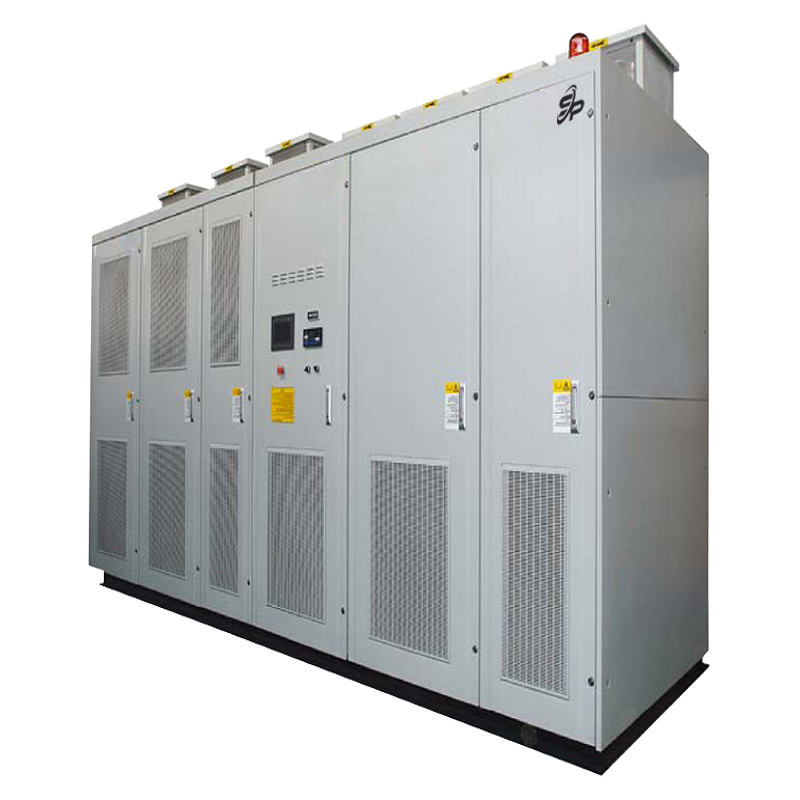
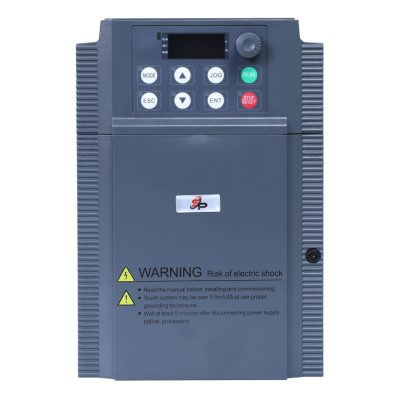
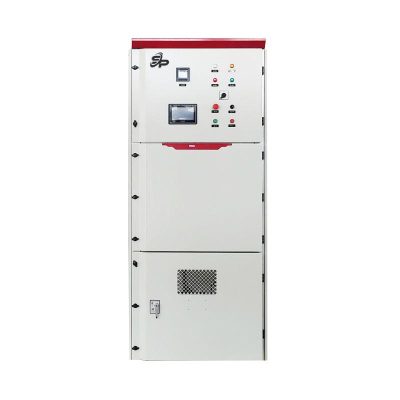
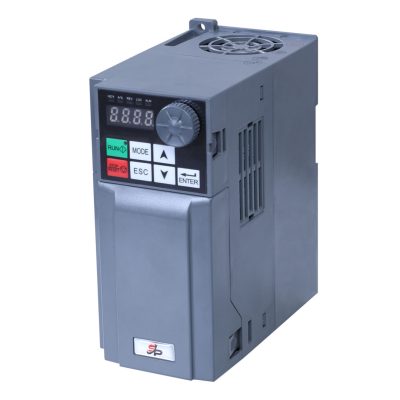
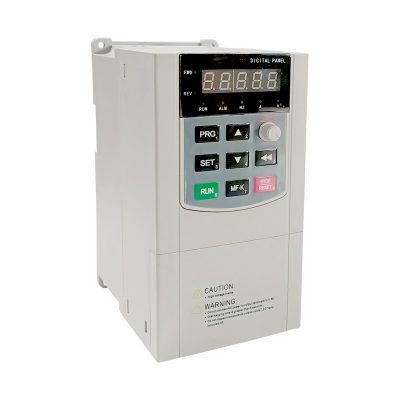
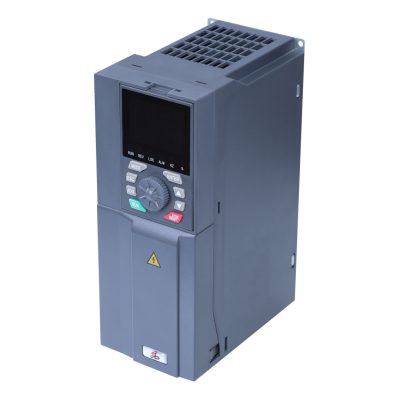

Reviews
There are no reviews yet.